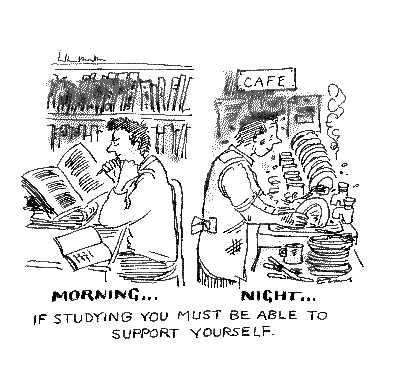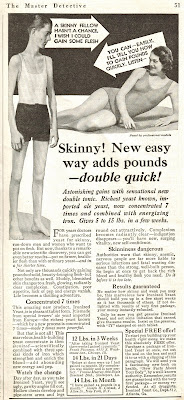
I've always thought that the most interesting thing about Raymond Hamilton was his 1934 escape from the Texas penitentiary death house.
Depression Desperado written by Syd Underwood supports this assertion. Until the escape Hamilton is a sidekick, a less important player in the Clyde Barrow chronicle. I just never got a sense of Hamilton's individuality from this book. Underwood doesn't play up the differences or the rift that developed between Clyde and Hamilton.
Underwood disperses Barrow's shadow when he begins the narrative of the Huntsville escape. Absolute desperation and almost certain death are the elements that make any death row escape attempt fascinating. This attempt takes place in Huntsville, TX a prison with a vicious reputation. It occurs on a sunny day when a prison baseball came is in progress. All in all a fascinating story. Besides Hamilton, players in the escape are
Blackie Thompson, Joe Palmer, Whitey Walker, and Joe Frazier. Walker originated the escape plan to save his partner
Blackie Thompson and invited the others along for the ride. It was partially successful: Palmer, Hamilton, and Thompson did make it over the walls. Walker was killed. Thompson would die a short time later and both Palmer and Hamilton would be recaptured to keep a date the electric chair.
It's the escape and Hamilton's death watch that the book gives the reader an idea of Hamilton's individuality. Was he the cold hearted repeat offender whom society would be much better with out? Even though he didn't pull the trigger was the fact that he was
definitely an accessory (hell he planned the escape that resulted in Major
Crowson's death) did he deserve the death penalty? Hamilton certainly didn't think so. At the end of the book when I read his date of death May 10, 1935 and remembered his year of birth 1913 the realization Hamilton was 11 days shy of his 22
nd birthday made me think one thing. What a stupid waste.
 Chas. Mays circa 1919 when admitted into Kansas State Penitentiary for robbery.
Chas. Mays circa 1919 when admitted into Kansas State Penitentiary for robbery.











































